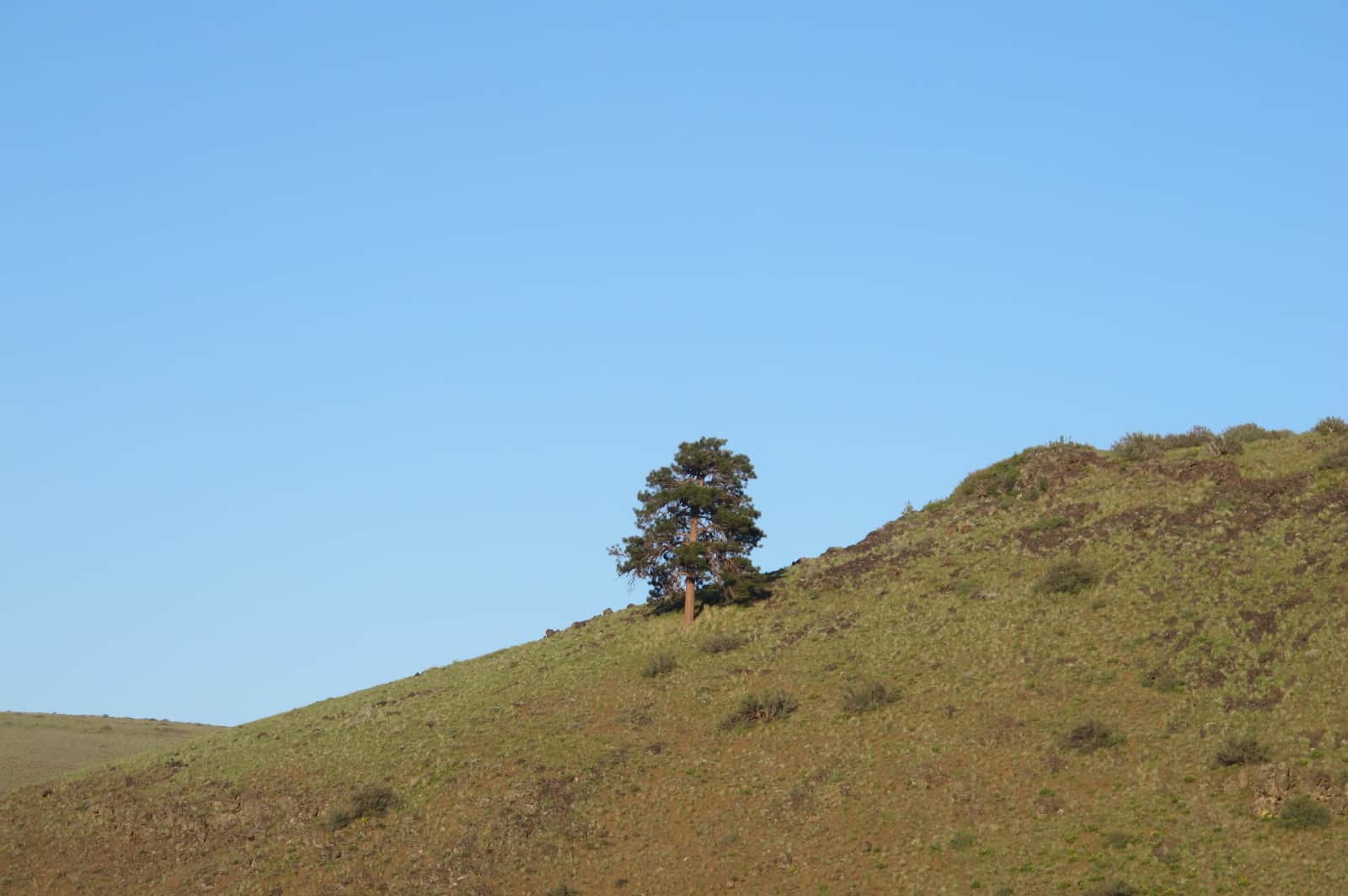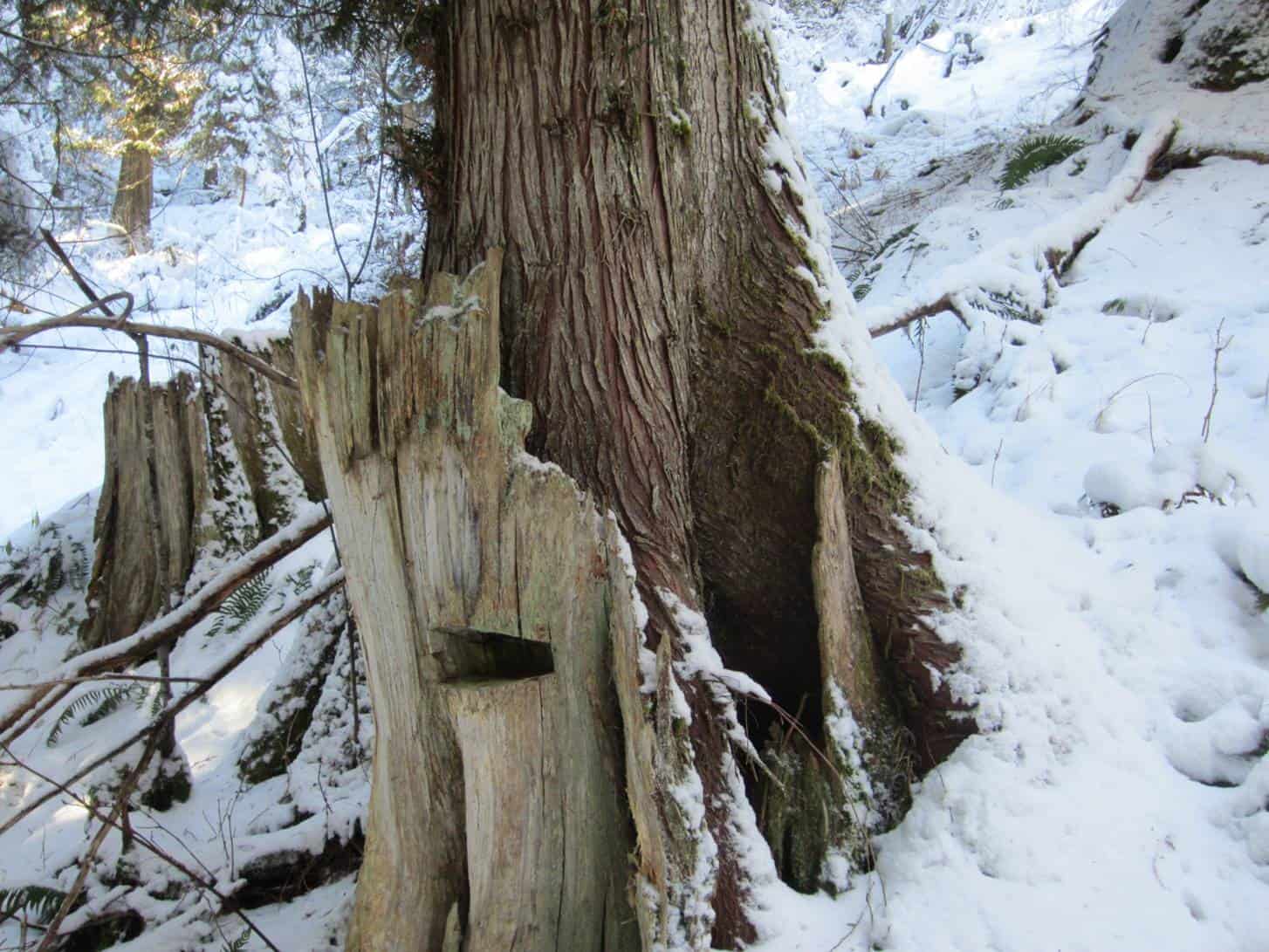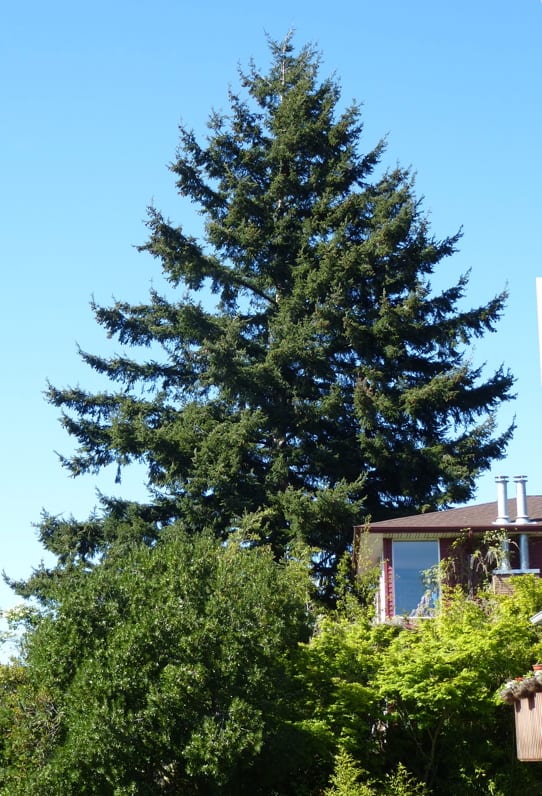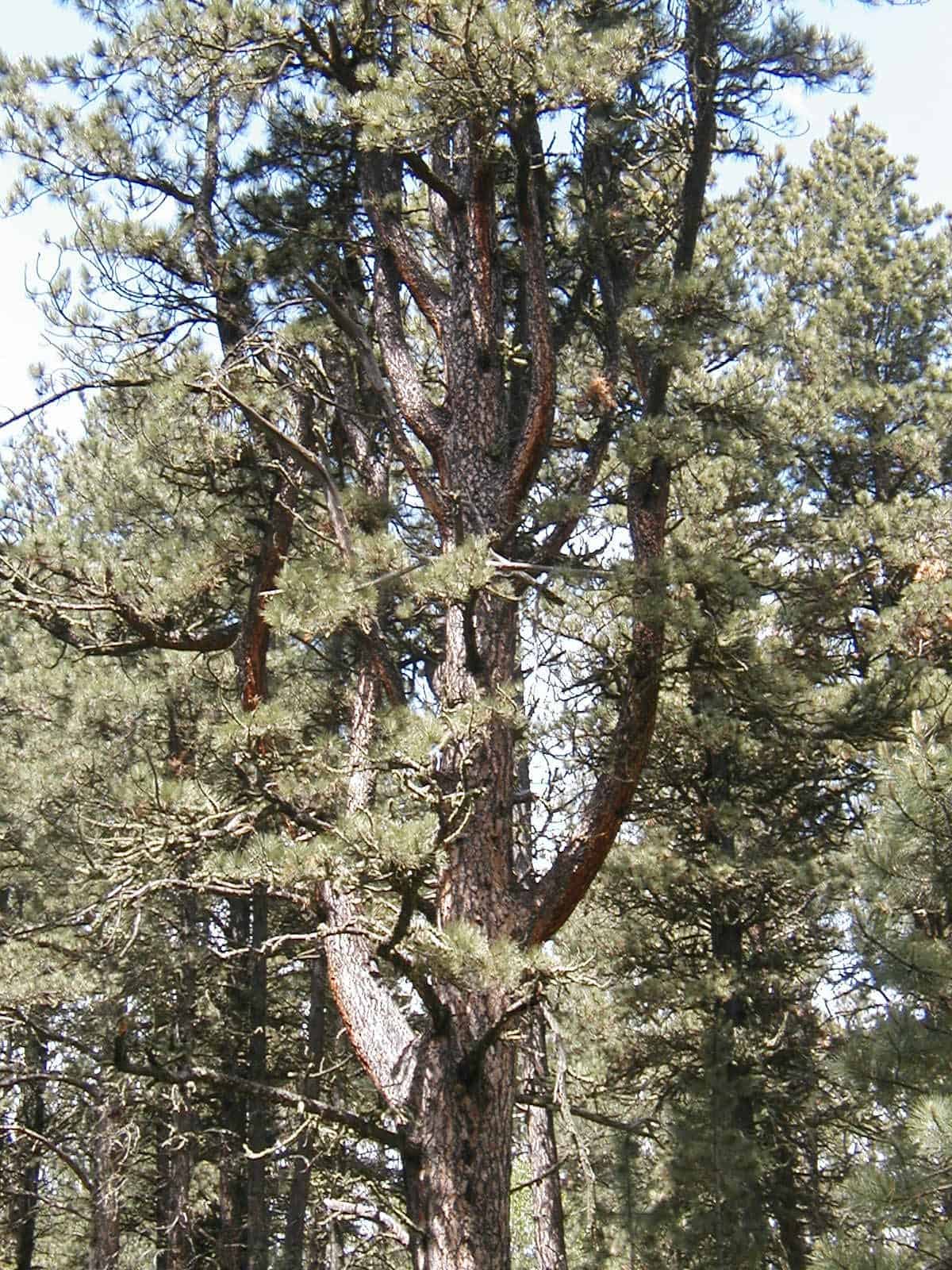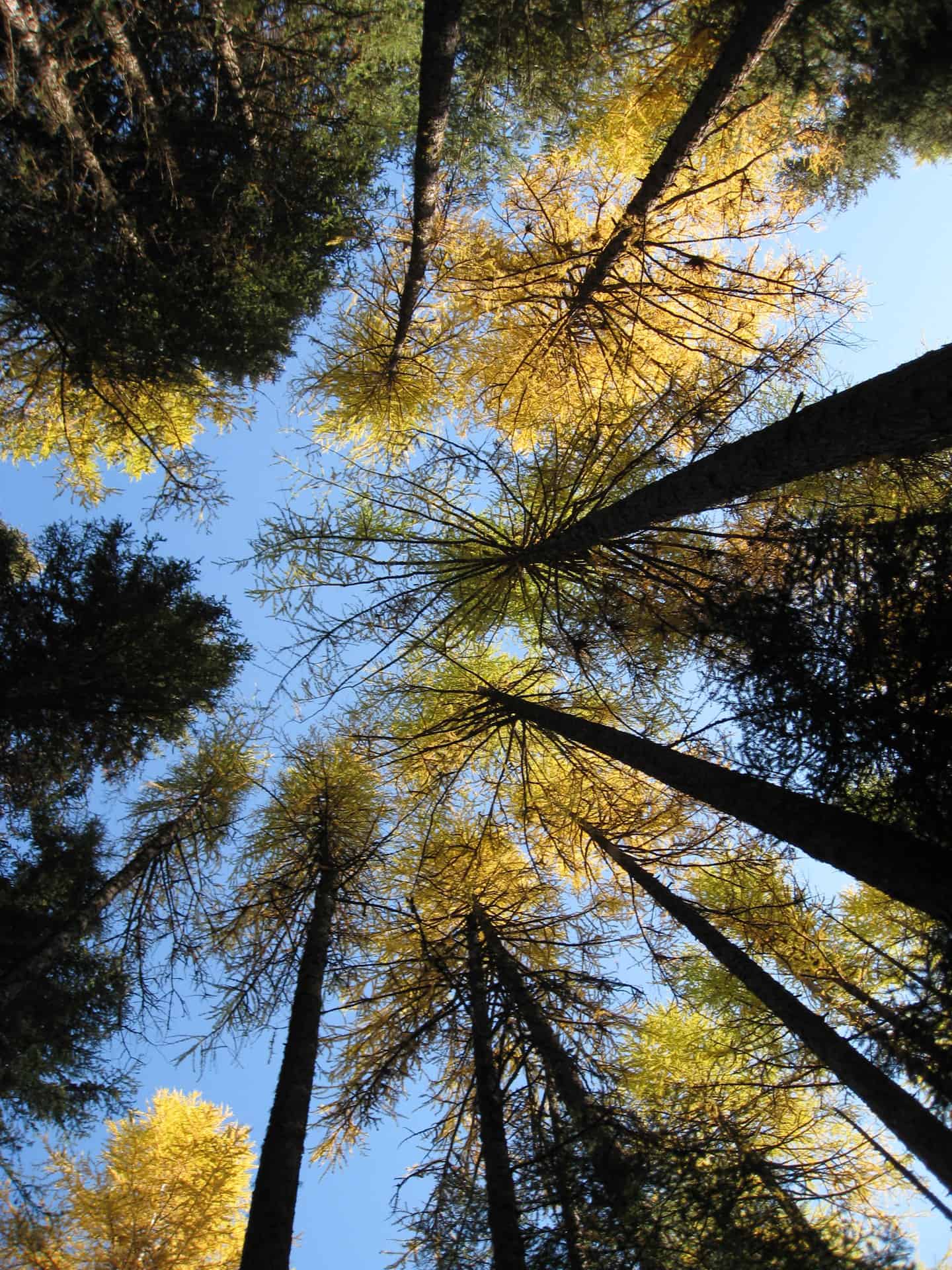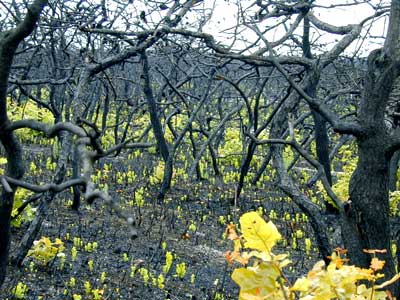
Here’s an op-ed by Stephen Pyne in today’s Denver Post. It’s beautifully written.
What to do about it depends on how we characterize the problem. The paradox of fire stems from its role as the great shape-shifter of natural processes. The reason is simple: Fire is not a creature or a substance or a geophysical event like a hurricane or an earthquake. It is a biochemical reaction. It synthesizes its surroundings. It takes its character from its context.
Fire integrates everything around it — sun, wind, rain, plants, terrain, roofing, fields, and everything people do, and don’t do. In this way, it indexes the state of an ecosystem. It is also our signature act as a species, the one thing we do that no other creature does. While we did not invent fire (it has been integral to Earth for more than 400 million years), we exercise a monopoly over its controlled use.
All of this makes fire universal, difficult to grasp, and tricky to wrestle into manageable shape. There is no solution to fire, because there are many kinds of fires, and they change with their context. Some fire problems do have technical fixes. We can build machines that reduce combustion to its essence and contain it.
We cannot survive without fire; we just need it in the right ways. It is certainly a problem when it burns freely through cities. But it is also a problem when it is removed from wildlands that have adapted to it, because its absence can be as ecologically significant as its presence. The point is, urban fire is not a model for wildland fire.
Our prevailing templates for describing fire are similarly misdirected. They portray the burn as a disaster and the fight against it as a war story. The battlefield allusion leads observers to reason that there must be more sophisticated technologies than shovels and rakes with which to suppress the flames. We must meet force with greater force. Such metaphors matter, because they mis-define the problem.
Here are a couple of my thoughts:
1. I don’t think the “war” is the prevailing template (let alone “our” prevailing template). I think the last 30 years or so “we’ve” (the fire/ecology/natural resource community) been fairly successful at promoting the concept that fire can have good effects and fire can have bad effects. So who is “we” in this case (the unspecific use of “we” is one of my pet peeves, as regular readers know)?.
2. I agree with Pyne’s point that “urban fire is not a model for wildland fire.” But I think we need to look more closely at his statement:
But it is also a problem when it is removed from wildlands that have adapted to it, because its absence can be as ecologically significant as its presence.
The adaptation of “ecosystems” has always been an interesting concept. For one thing, it depends on “ecosystems” being a real thing instead of a human construct. There have been two schools of thought about this.. one that mixes of plants and animals develop and change through time.. the other that there is something called an “ecosystem”, with a greater or lesser subtext of “balance” or focus on what is currently there (or there in the past) rather than the fact that individual components are always changing.
Species evolve.. that’s what you learn in courses, through the traditional forms of genetic adaptation. What is an “ecosystem” and how does it “evolve”? Through what mechanism? Now backing off from the reification to the reality, if cones open only in fire or hot weather, it does seem that the species might do better with fire (or hot weather), or certain species regenerate better with fire, that is a reality. Without intervention, you won’t get those plants back without fire.
So I think it’s important to look at each impact or lack thereof separately. Say, sedimentation..how much do you get? What organisms is it good for? Which is it bad for, etc.?
So this reminded me of this story in the Atlantic, “SW Forests May Never Recover From Megafires.”
Much of the Los Alamos burn resembles today a lunar landscapes — vast slopes of denuded gray soil where little vegetation has come back. Hillsides, once covered with ponderosa pine and squat, drought tolerant pinon and juniper trees, now grow only clumps of cheatgrass, an invasive species, and occasional bush-like shrub oaks. Biologist Craig Allen of the U.S. Geological Survey, who has has spent years studying the Southwest forest ecosystem, says that areas like these won’t be forested again in our lifetime, and possibly they never will be. The reason that Allen and others are pessimistic is that climate change is hitting the Southwest harder and faster than most other areas in the U.S. The region has warmed on average between 2 and 5 degrees during the past century, and this trend is expected to accelerate in the years ahead.
Add to this the danger from what scientists call a possible “mega-drought.” The Southwest has always been prone to extended dry periods, like the one which archeologists believe drove the Anasazi people of Chaco Canyon in the Four Corner’s area to the wetter Rio Grande Valley in the late 13th century. But a study published last year in the journal Nature Climate says that, by 2050, the region will be even drier than in previous mega-droughts. Moreover, hot summer temperatures in the southwest will literally suck the water our of leaves and needles killing trees in unprecedented numbers. “The majority of forests in the Southwest probably cannot survive in the temperatures that are projected,” one of the study’s co-authors, Park Williams, a bio-climatologist at the Los Alamos National Laboratory told Environment 360.
As a person who spent the early part of her career helping figure out how to reforest dry areas, I think it’s worthy of experimentation to try planting some species in these areas. I think we have gone way past “natural” and now simply have to consider what we want and what we can afford.

